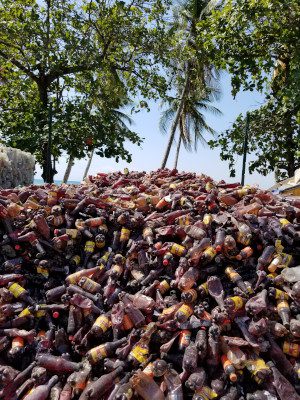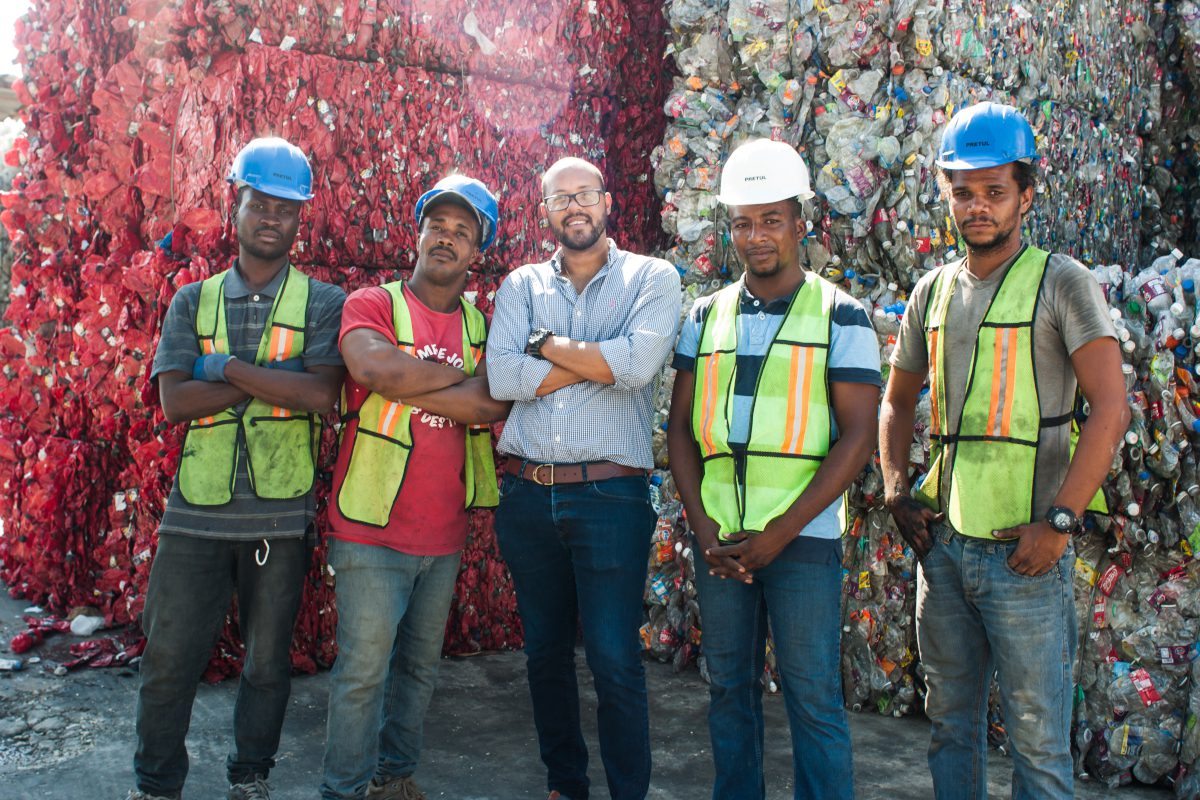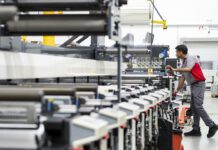George Brasher, Managing Director of UK & Ireland at global IT firm HP discusses an ongoing project to collect and process waste plastic in Haiti, for reuse in products such as ink cartridges

Haiti, meaning ‘the land of the high mountains’, is a unique place. A rich fusion of African, French, Spanish and indigenous Taíno cultures, its six million people share a common trait: resilience – a necessity to overcome the mix of natural and man-made challenges that affect the islanders.
Due to Haiti’s Caribbean location, the island is susceptible to tropical storms, not to mention the devastating 2010 earthquake. The country also has a high unemployment rate – heightened by the tourism effects from the COVID-19 pandemic – and a lack of investment in areas such as education and infrastructure. As a result, the islanders do not have access to something billions of us take for granted – clean running water. Instead they depend on bottled alternatives. Ocean gyres also lead to more plastic washing up on Haiti’s beach, which all adds up to increased plastic pollution on land and in the surrounding Caribbean Sea.
Help the environment, the economy, or both?
Collecting this single-use plastic is an obvious necessity. However, removing that plastic to be recycled in another country would represent a missed economic opportunity for the people of Haiti.
HP partnered with recycled-plastic supplier Lavergne, material reclamation monitor First Mile, and the non-profit organisation WORK in a bid to find a better solution. The outcome was a plan to recycle more of Haiti’s ocean-bound plastic, but also process the waste material in-country before using it in ink cartridges, consumer notebooks, mobile workstations and other HP products.
The first ink cartridges made with this plastic hit the market in 2017. To date, HP has sourced more than 1 million pounds (450 tonnes) – equivalent to 35 million bottles – of ocean-bound plastic bottles from Haiti.
Further to this, HP identified an opportunity to expand its efforts in Haiti, with the installation of a high-tech washing line at the recycling facility, near Port-au-Prince. This would increase the amount of plastic processed while simultaneously boosting its value on the open market — bringing in much-needed income opportunities for locals.

Creating a supply chain from scratch… during a pandemic
The first thing HP had to do was build the new extension to the plant – 10 shipping containers’ worth of equipment including machinery for sorting, pre-washing, and shredding. Shredded plastic comes into the line, is washed with hot water and detergent, rinsed, and then spun dry.
In early March, all the pieces were in place for the upgrade and the flights were booked for an expert crew from the US, Canada, and Germany to install it. Then COVID-19 hit.
“Here we were in the second week of March with the entire world shut down,” explained Dean Miller, program manager for recycling innovation at HP. “If we wanted to get the equipment up and running, we were going to have to do something different.”
The installation would have to go virtual. But it wasn’t as simple as hosting a Zoom meeting. Local help was sought to get the project going.
High-resolution cameras were set up throughout the facility, so the experts stranded in their home countries could communicate via daily video conferences to the Haitian team and help guide the process of building the line. But the crew on the ground in Haiti, though they had worked with heavy equipment before, had never installed a plastics recycling facility, and there were language barriers to surmount.
By August, the team succeeded in powering up the line and started to test it. The HP team and its partners were in the home stretch when Tropical Storm Laura erased the bridge to the facility. Alternate routes were jammed with traffic, and workers staying nearby were spending two hours each way on the drive.
But despite the worst that nature could throw at it, the new installation was completed in 10 weeks, only three weeks over the planned schedule.

Charting the path to a more sustainable future
When at full capacity, the new system can process an estimated 10 to 20 million pounds of plastic a year, compared to the old plant’s yearly capacity of just one to two million pounds, directing even more bottles and other waste materials away from the ocean and into HP products. There are plans to expand the operating hours, doubling the current number of employees.
And instead of this plastic being sent to the US or Canada to be spun or rinsed for processing, the new plant can now perform this task in Haiti. This may sound simple but adding this one step will create income opportunities, at the plant and with the requirement for a wider network of plastic gatherers, for an estimated 1,000 people, which will be on top of the 1,100 jobs that have already been created.
This represents genuine social impact. Collectors now have opportunities for new career paths, such as working on the line in the facility, conducting quality control or running their own collection centres in the future.
Dean Miller also sees the Haiti facility as a template for other projects around the world. “People see the potential of this,” he said. “We’ve barely begun to realise it.”






